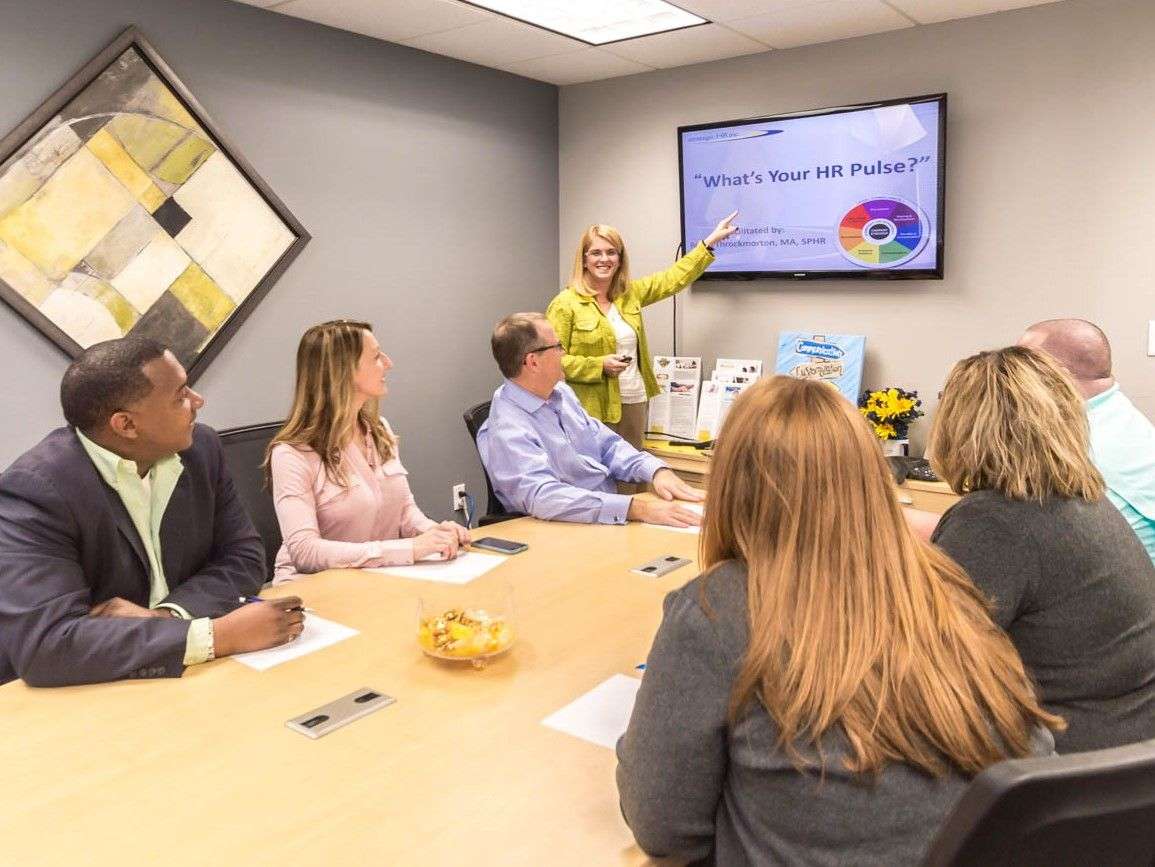Today's workforce is very diverse – especially in terms of age. Believe it or not, there are five generations in a professional landscape:
Traditionalist – born in 1945 and earlier
Baby boomers – born between 1946 and 1964
Generation X – born between 1965 and 1976
Millennials – born between 1977 and 1995
Generation Z – born in 1996 and later
If your company hopes to achieve better productivity, engagement, and retention with multiple generations of employees, you can consider multi-generations HR training via https://simplyhrinc.com/multi-generational-training.

Image Source: Google
As the younger generation gets older, the older people choose to work longer hours. Multigenerational workers, while creating some barriers for employers, can be more productive and have less turnover than non-generational workers.
Leaders need to see a workforce of different generations as an asset, not a challenge. It is said that, if you take this as an advantage from a tactical point of view, you prepare the way for healthy discourse, multiple opinions, and a lot of dialogue.
Generational diversity in today's workforce, information from the Society for Human Resource Management (SHRM) and AARP shows that millennials make up about 50% of the workforce.
The population over 65 is now bigger than ever. And it is expected to double in the next 20 to 30 years. While these younger and older workers overlap in the workforce, research shows that they tend to differ significantly in their careers.